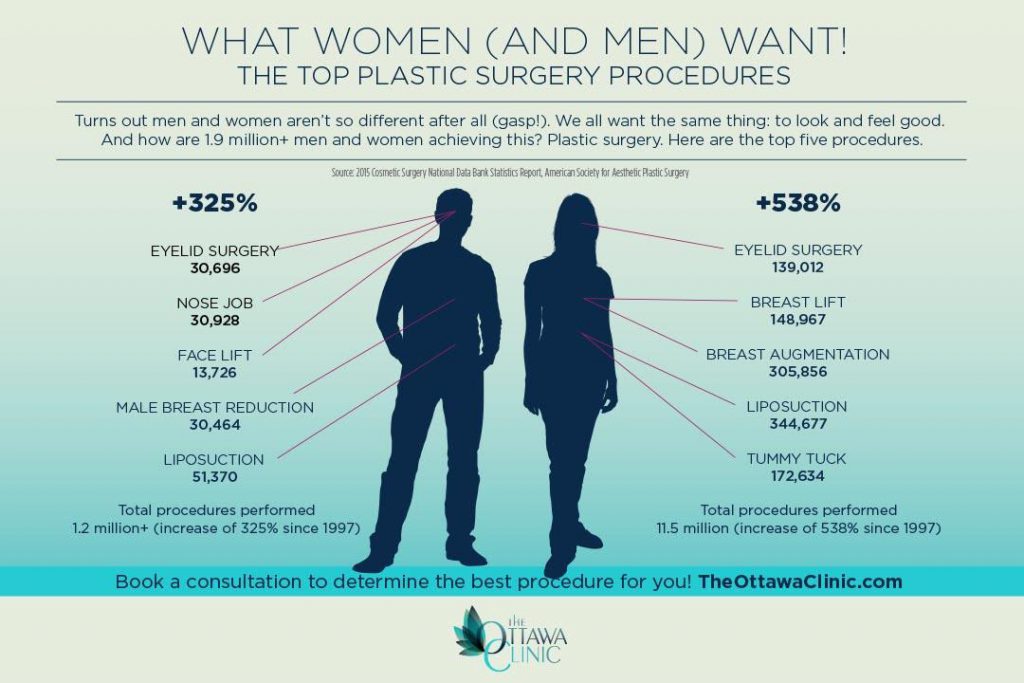Does Shaving Worsen Acne
Does Shaving Worsen Acne
Blog Article
Sources of Acne on Cheeks
Acne breakouts in the cheek location are activated by lots of things, from touching your face frequently to not transforming your pillowcase usually sufficient. Picking at blemishes raises your danger of infection and scarring, and certain medicines can aggravate dark spots (postinflammatory hyperpigmentation).
Thankfully, there are lots of methods to avoid and treat cheek acne. These include:
1. Hormonal Modifications
Acne is mostly triggered by hormones, particularly those produced during puberty and pregnancy. For some, a family history of acne may also contribute to their problem. Anything that obstructs pores, such as oil-based skin treatment items or ceraceous hair items, can activate acne. Numerous topical therapies, like benzoyl peroxide and salicylic acid, can battle germs and unblock pores. Those with serious or chronic acne should seek therapy from their medical professional.
Stay clear of touching or pressing your acne, as this can press a few of the germs deeper into the skin, leading to a more severe outbreak. It is additionally crucial to alter pillowcases frequently and use clean make-up brushes. You need to likewise try to prevent irritants such as friction from putting on a headgear or limited collar.
2. Diet regimen
The oily, sugary foods that many people think trigger acne might in fact refrain from doing so. As a matter of fact, studies have revealed that consuming a diet plan rich in whole, nutrient-dense foods aids to avoid breakouts.
Foods high in the glycemic index (such as white bread, corn flakes, puffed rice and potatoes, doughnuts and various other breads) increase blood sugar levels promptly, and this can raise hormonal agents that enhance oil manufacturing and result in acne.
Drinking cow's milk has actually likewise been linked to increased acne outbreaks. If you are a routine cow's milk drinker, you might intend to try switching to low-fat or nondairy choices that are strengthened with calcium. Additionally, drinking even more water can assist to reduce acne due to the fact that it aids to keep the skin hydrated.
3. Excess Oil
While oil is vital for healthy skin, it can come to be an issue when too much sebum blends with dead skin cells and obstructs pores. This combination can develop blackheads, whiteheads and acnes. The clogged pore wall surface can break down and spill germs, dead skin cells and sebum into bordering skin. This leads to a red bump known as an acne. In some cases these red bumps have pus in the facility from a microbial infection. Larger infected bumps that resemble acne are called cysts.
There are numerous things that can trigger excess sebum and blocked pores, consisting of hormone fluctuations, diet and day-to-day practices. Some examples consist of touching the face often, resting your hand on your cheek, making use of unclean makeup brushes and not transforming pillowcases consistently.
4. Anxiety
If you're handling pain pimples or a variety of blackheads and whiteheads, it might be time to speak with a skin doctor. They can suggest an effective therapy that suits your skin kind. Practicing leisure and stress-reduction methods additionally helps.
Acne can take place in the cheeks due to rubbing and pressure, such as when an individual touches their face frequently or puts on a hat or sports helmet that rubs against the skin. It can additionally appear where oily cosmetics and lotions scrub against the skin.
Prevent pressing acne, as this can push contaminated material deeper right into the skin and lead to scarring. Rather, see a doctor to discover preventative therapies like medicine, skin treatment products and way of life adjustments. Eating a healthy and balanced diet of entire foods, getting 7 to 9 hours of sleep and making use of noncomedogenic makeup and skincare products can all help in reducing acne outbreaks.
5. Hair Products
Hair products are not commonly thought of as a root cause of breakouts, however they can masseter botox add to acne on the cheeks in some people. Pomade acne, which is defined by tiny shut comedones and papulopustules, is commonly triggered by making use of oily hair products which contain comedogenic ingredients such as specific oils and acetylated lanolin.
Picking hair products that don't consist of these potentially comedogenic components is an important step towards minimizing breakouts. Additionally, ensuring that hair products aren't can be found in contact with the skin can help avoid outbreaks. As an example, wearing a scarf or hood during the night can limit hair-to-face get in touch with and lower the likelihood that leave-in hair items will certainly abrade onto the face.
In addition to utilizing a non-comedogenic cream and cleaning with an acne face wash, other practical approaches include: